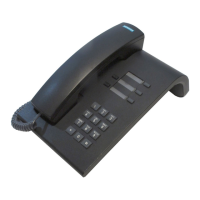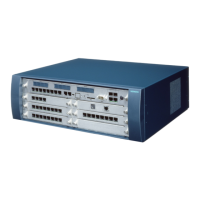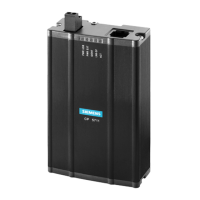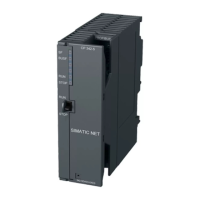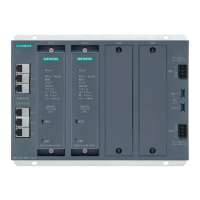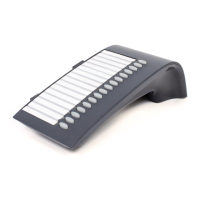Subject OfficePro OfficeCom OfficePoint OfficeOne
Feature available in x x x x
HW requirements - - - -
SW requirements As of Rel. 1.0 As of Rel. 1.0 As of Rel. 1.0 As of Rel. 1.0
Dependencies/Limitations
Subject Dependency/Limitation
7.7.2 Routing Tables
Definition
Routing tables evaluate the digits dialled by the user and determine the extension number to be dialled
by the system. In the process, the digits are modified as necessary. This modification can mean that
digits are repeated, suppressed or added, or that the order of the digits is changed. It is also possible to
add a dial pause and change the signalling method. A distinction is made between the following types
of routing table:
Outdial rule table: This table determines how the digits dialled by the user will be converted
and dialled by the system and the number of digits in the extension number that the toll
restriction check by the LCR function should take into account. The following special
characters can be defined:
A: Repeat remaining fields (transmit). "A" causes all subsequent digit fields to be transmitted.
The point of reference is the last field point before "A". The combination E1A is permitted only
at the beginning of a string.
D (n): Dial digit sequence (1 to 25 digits). "D" can be inserted a number of times and at any
position in the string.
E (n): Repeat field from dial plan (from 1 to 10 times). "E" can be inserted a number of times
and at any position in the string. "E" can appear in any order with relation to (n). A specific
field can be addressed a number of times, including in sequence. With the exception of "E1",
"E" can be surrounded by any other parameters.
P (n): Pause (1 to 60 times the system-wide pause unit). "P" can be inserted a number of times
and at any position in the string.
M (n): Authorisation code (1 to 16). "M" can be inserted in the string only once and must not be
in the final position.
S: Switch, changes signalling methods from DP to DTMF (with CONNECT, PROGRESS or
CALL PROC with PI). "S" can be inserted in the string only once and must not be in the final
position. The "C" parameter cannot be used after "S".
U: Use subaddress signalling method. "U" can be inserted in the string only once and must not
be in the final position. Subsequent characters are again dialled in "INFO". The "S", "P" and
"C" parameters cannot be used after "U".
C: Access code. "C" can be inserted in the string only once. The subsequent characters are
transmitted without a dial pause and used for the "Single Stage", "Two Stage", "DICS" and
http://cmweb01.mch.pn.siemens.de/e_doku/en/h150/h15/30/sh/2/15_77.htm (4 of 8) [06/04/2000 13:10:56]

